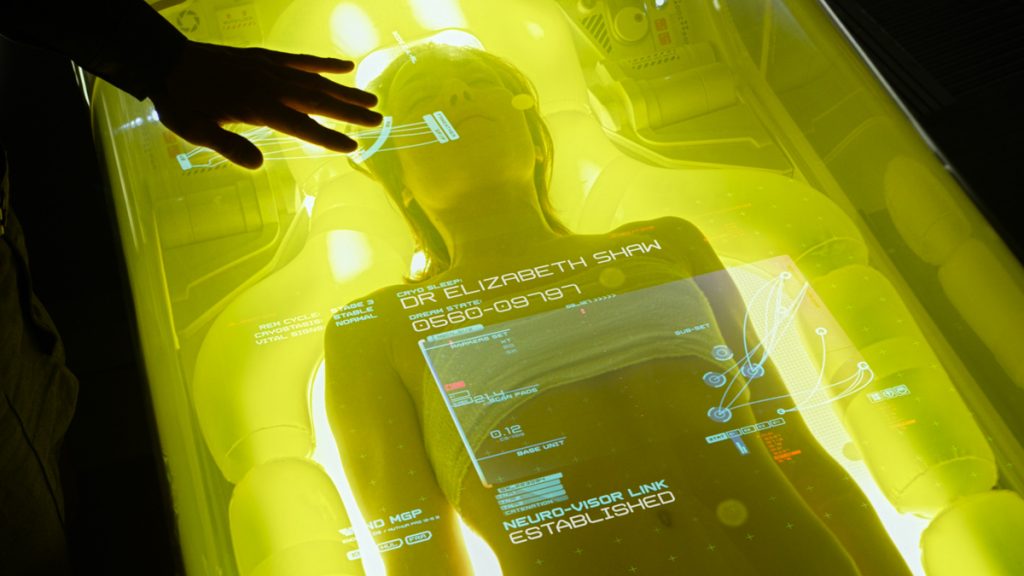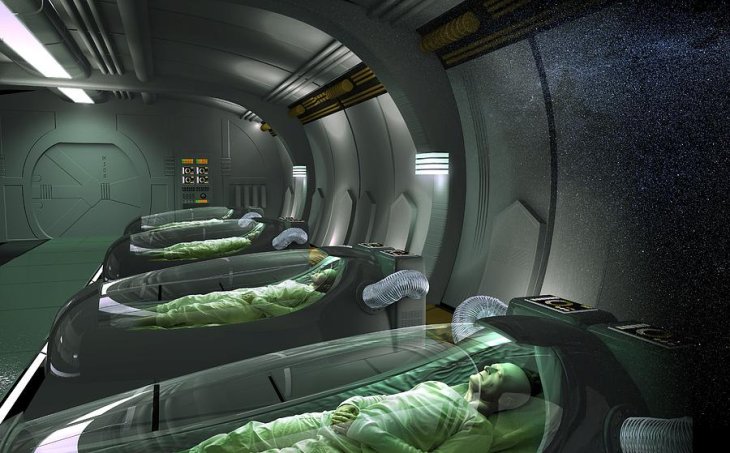For The First time Ever, Humans Have Been Placed In Suspended Animation
Harin - Nov 22, 2019

For the first time ever in medical history, doctors have put humans into suspended animation, allowing doctors to have more time to save patients.
- Indian-Origin NASA Researcher Discovers Jupiter Moon Europa Glows In The Dark
- German University Is Paying People Rs 140,000 For Doing Nothing
- Researchers Find A Way To Store Data In 'Everyday' Objects
For the first time ever in medical history, doctors in the United States have put humans into suspended animation. In particular, the physiological function of the patient’s body was slowed down to almost a stop.
The objective of this is to prolong the life of the patient after this person has suffered a fatal wound. A pause on the biological block will allow doctors to have enough time to save their patients. They will have around 2 hours, instead of a few minutes to save a patient in normal conditions.
Doctor Samuel Tisherman, a researcher from Maryland Medical Unversity shared with the New Scientist that the test had already received approval from the FDA.
By the end of 2020, Tisherman will place at least 10 participants in suspended animation to see if this method could work.
In sci-fi movies, suspended animation often appears like a method to preserve human life during decades-long flights in space. But here, doctors will only use it to buy more time for themselves, to save patients’ lives. Either way, this seems surreal.

This medical technique is called “emergency preservation and resuscitation.” According to the Medical Center of the University of Maryland in Baltimore, EPR is currently used for patients with acute cardiac arrest, like those suffering from stab or gunshot.
Normally, when a patient’s heart stops beating, the amount of blood inside their body will quickly drop to half. Doctors only have a few minutes to save them before the door between life and death shut close. The chances of surviving are really slim as over 95% of cardiac patients in this condition will die.
Here, the EPR technique aims to open this life-and-death door for the patient, both in terms of time and the chance to survive. It is done by rapidly cooling to the patient’s body to about 10 to 15 Celsius degree through a special technique. The blood inside the patient’s body will be drained out and replaced by a cold saline solution.
From this moment, all activities inside the patient’s brain have almost stopped completely. After that, the brain is disconnected from the body’s cooling system. If the patient is not declared dead, they will be transferred to the operating room.
EPR will keep the door between life and death open for 2 more hours. This is the amount of time that the surgical time had to deal with the injuries that the patient has. After that, the blood will be transferred back inside the patient’s body and their body will be warmed up.
At normal temperature, around 37 Celsius degree, the cells inside the human body need a constant supply of oxygen to generate energy. When the heart stops beating, the blood can’t carry oxygen to the cells anymore.

Without oxygen, the human brain can only survive in around 5 minutes before each part will be destroyed and can’t be recovered. However, lowering the temperature of the body and the brain will slow down or stop all the chemical reactions in the cells. Therefore, the body will need less oxygen while the remaining amount of oxygen in the blood can keep the patient alive.
Tisherman hoped that the results of the trials at the University of Maryland’s Medical Center would be released as soon as the end of 2020. From now until that time, Tisherman plans to test EPR on a total of 10 patients.
The results will be compared with those of 10 other patients who were also hospitalized under the same conditions but weren’t treated. That is because they were admitted to the hospital when it is impossible to organize an emergency team and an operating team at the same time.
The test has already been approved by the FDA. This agency allowed Tishermand and other doctors to carry out EPR without the patients’ consent, of course only in case of serious injuries that can lead to death and there is no other possible treatment is available.
But to respect the patient’s decision, Tisherman and his team organized a local meeting and discussion where they described the EPR method and their intentions.
They also introduced a website where people can put in their name in case they reject this method and don’t allow doctors to perform EPR on their body in any situation.
Tisherman’s passion for injury research was ignited by an incident during his career. That was the time when Tisherman treated a young man who was stabbed in the heart while he was changing his bowling shoes.
He said:

The thought of having not enough time has pushed Tisherman into researching methods that could extend the time that the patient has between life and death. If the trials are successful, doctors will have more time to treat these fatal wounds and the patients will have more chances to live.
Research done on animals have shown positive results. In an experiment, a pig with acute trauma was cooled for 3 hours. And there was enough time for the doctors to treat the injury that it suffered, sew the wound and help the pig recovering.
Tisherman continued:

How long can EPR keep the door between life and death of a patient open? There is no clear answer to that.
When the cells of the patient are warmed up, they may also experience injuries during the process where the blood is transferred back inside the human body. There are chances that a series of chemical reactions may damage the cells. While the longer the time the body doesn’t have enough oxygen, the more damage will happen to the patient’s body. However, Tisherman said that he could provide the patient with a prescription to prevent these damages as well as prolong the time the body is suspended. Despite saying that, he admitted that he and his group hadn’t figured out the causes leading to the injuries happening when the blood was transferred back inside the body.
The working mechanism of EPR and the trial plan on humans has already been presented by Tisherman at a conference at the New York Academy of Sciences.
Commenting on this research, Ariane Lewis, director neuroscience at New York University said this is important research but only a few first steps have been achieved.
Featured Stories

Features - Jul 01, 2025
What Are The Fastest Passenger Vehicles Ever Created?

Features - Jun 25, 2025
Japan Hydrogen Breakthrough: Scientists Crack the Clean Energy Code with...

ICT News - Jun 25, 2025
AI Intimidation Tactics: CEOs Turn Flawed Technology Into Employee Fear Machine

Review - Jun 25, 2025
Windows 11 Problems: Is Microsoft's "Best" OS Actually Getting Worse?

Features - Jun 22, 2025
Telegram Founder Pavel Durov Plans to Split $14 Billion Fortune Among 106 Children

ICT News - Jun 22, 2025
Neuralink Telepathy Chip Enables Quadriplegic Rob Greiner to Control Games with...

Features - Jun 21, 2025
This Over $100 Bottle Has Nothing But Fresh Air Inside

Features - Jun 18, 2025
Best Mobile VPN Apps for Gaming 2025: Complete Guide

Features - Jun 18, 2025
A Math Formula Tells Us How Long Everything Will Live

Features - Jun 16, 2025
Comments
Sort by Newest | Popular